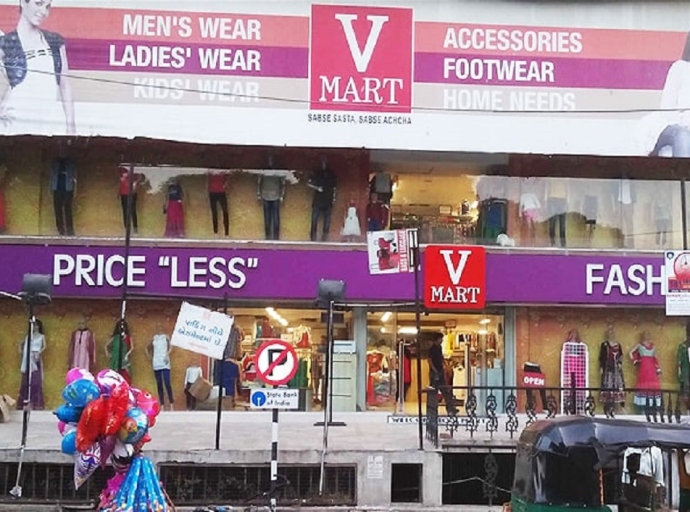Popularity of Super Apps lead brands to align with more on them

Indeed the vaccine will give a boost to malls and retail stores and they can expect business to pick up once people are less apprehensive about crowded places. However, one big take away from the lockdown was the popularity of online shopping and not just in metros but also in smaller cities and towns, even rural India. While buyers may like to visit stores for big-ticket purchases and special items like for a wedding or special occasion regular buys like groceries even apparels could see more traction online. Thanks to apps and home delivery.
Super apps the way forward
Growing popularity of online business has also pushed manufacturers to focus on this channel as they can no longer afford to ignore this aspect of business. However, what they need to focus on is whether it is enough to have own websites or whether they need to be a part of a large marketplace like an Amazon or a Flipkart. Experts believe buyers will soon get used to a handful of apps, and these will take care of almost 70-80 per cent of their requirements. And customers will most likely depend more on them.
As per a Financial Express report, there is already a lot of buzz around Super Apps—which offer a wide range of products. But the moot point is how many Super Apps can Indian market accommodate? As of now the populuar ones are competing against each other like Amazon, Flipkart, Paytm and Jio. And all of them are looking at teaming up with brands to boost their range of merchandise. The report also suggests the B2B space over the next couple of years could well eclipse B2C space as marketplaces scout for good brands to team up with and help them generate demand.
Business integration key
And as the big few compete with each other a lot is changing in terms of business. For example, in October, Walmart, which owns Flipkart and the fashion portal Myntra, picked up a 7.8 per cent stake in the Aditya Birla Fashion Retail (ABFR). The partnership is expected to boost ABFR e-commerce sales. Besides the existing B2B arrangements with Flipkart, ABFR has an agreement for the sale and distribution of its brands through Flipkart’s marketplaces. ABFR could also potentially use Flipkart’s supply chain to reduce time-to-customer and obtain consumer data from Flipkart and Myntra to analyse trends and efficiency. In July 2020, Flipkart had acquired a minority stake in Arvind Youth Brands and is most likely on the lookout.
However, as per the report, manufacturers across the board from apparels to cosmetics need to rope in more than one of these big players to sell their products online and unless the product or service is unique and exclusive with a strong brand pull, it could get lost and be easily ignored by consumers.
Meanwhile new partnerships are shaping up Tatas for example, are creating a digital platform. Indeed, manufacturers have understood the importance of online channels and how critical it is to make sure their products are available on the online platform with a customer base. It is no longer about discounts, but about the availability of the merchandise.
However, the fact is there is a big margin between the number of online shoppers and Internet users in India. Little wonder then Kotak Institutional Equities has pegged India’s total e-tail GMV at $270 billion for FY30 and $800 billion for FY40, up from the current $120 billion. Business can only get better from here on.
Latest Publications





























